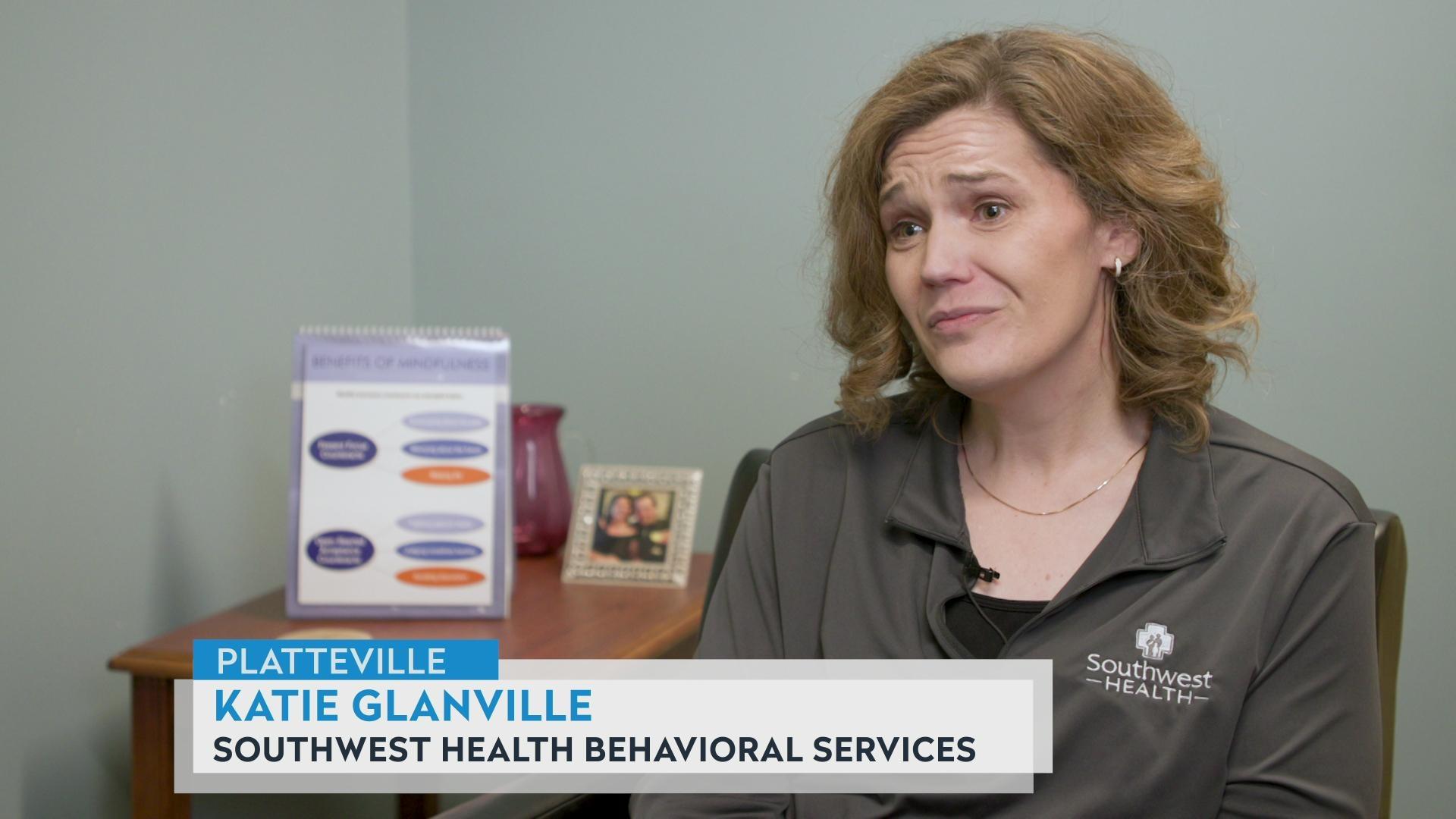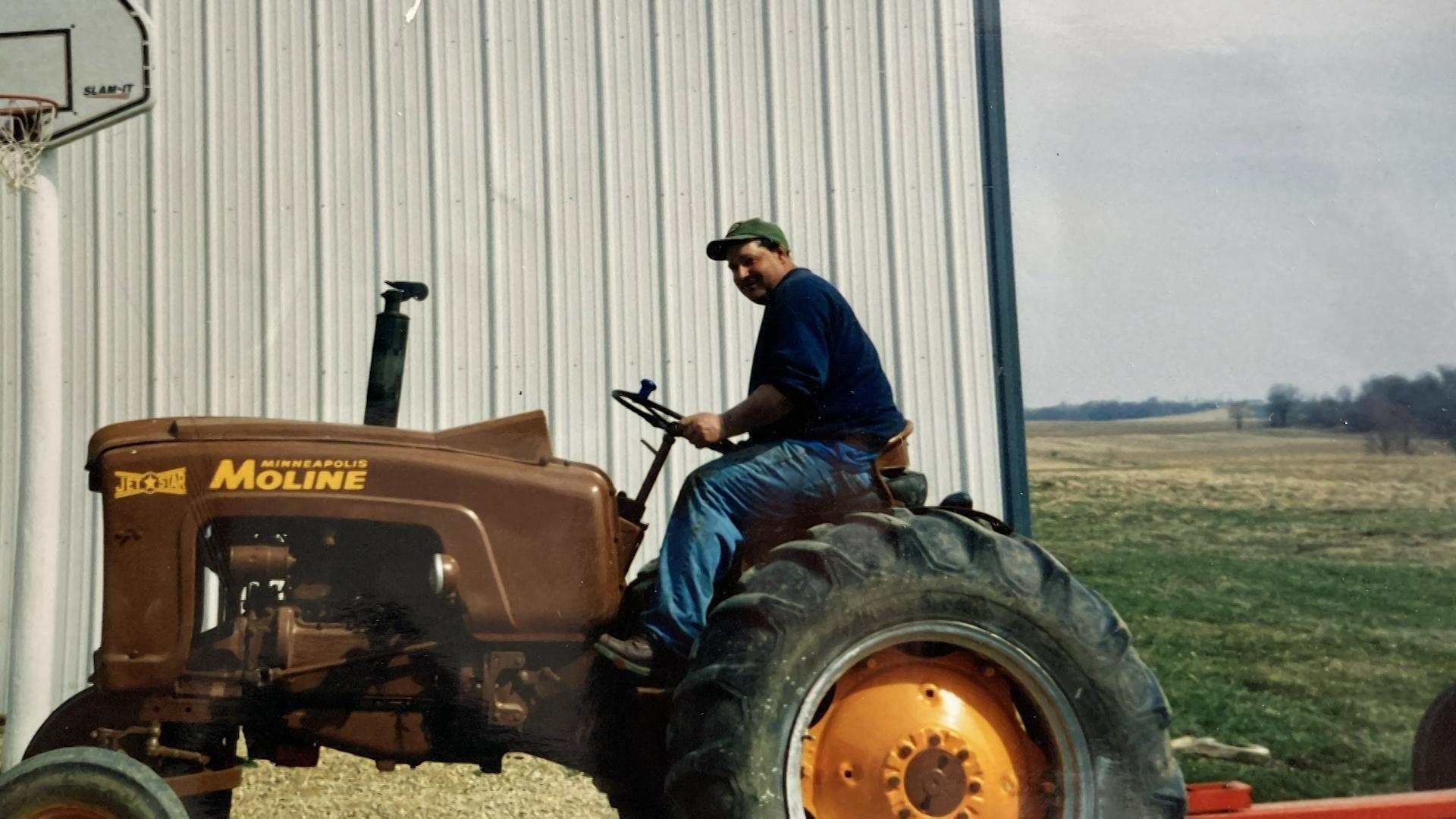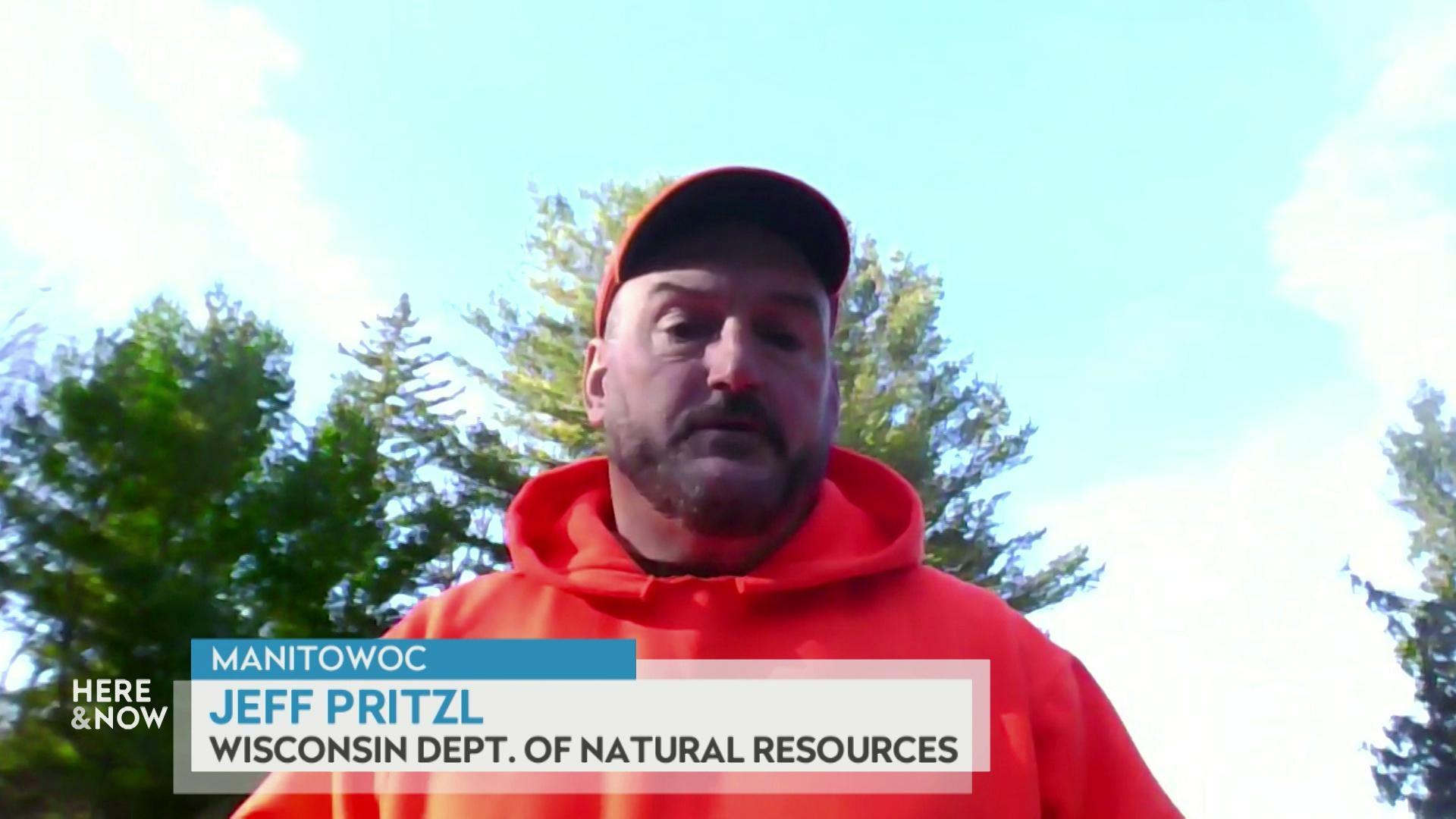What robotics means for the future of Wisconsin dairy farms
Difficulties in maintaining a workforce, ongoing market swings and uncertainties over an updated Farm Bill are leading a small but growing number of Wisconsin dairy farmers to embrace robotic milking.
By Aditi Debnath | Here & Now
January 11, 2024
“It has been life changing ever since,” said Tina Hinchley, a dairy farmer in Cambridge.
December 2023 marked five years since the Hinchley family moved their herd of nearly 300 cows to a new barn with robotic milking machines.
“It’s been life-changing, because being able to go in and just check on what cows we need to focus on and not have to focus on every single cow has been so beneficial to my physical health, but also my mental health,” Hinchley said.
In addition to a few part-time student employees, the Hinchleys have just one full-time staffer since automating processes like milking and feeding at their farm.
“Typically, we end up with high school or college students because we are close enough to Madison,” said Hinchley. “But there has been times when it’s been difficult.”
No longer tied to milking cows herself twice a day, Hinchley says both she and her dairy cows are happier with the robotic milkers operating 24 hours a day.
“It’s not necessarily something that you would have to do in order to stay in the dairy business,” said Chuck Nicholson, a UW-Madison professor of animal and dairy sciences. He noted only about 8% of Wisconsin’s dairy farmers have implemented the new technology, typically family farms that want to save on labor costs.
“The labor shortage is definitely a key motivating factor,” Nicholson said.
High-tech collars fitted to each cow send about 130 different data points about each animal directly to Hinchley’s smartphone.
“There are other benefits that farms get from adopting these robotic milking systems that can include better milk production, more milk per cow, better animal health, improved milk quality,” Nicholson explained.
While many Wisconsin farmers are considering the impact AI may have on their dairy production, Nicholson said 75% of Wisconsin farmers said they have not and will not implement robotics on their farm.
“When we built this, I told the people that were designing it and stuff that I don’t want any moving parts,” said John Rosenow, who manages a 600-cow herd in Buffalo County.
“It’s our kitchen window — I put it there because before, we were hiring local people, and I needed to see the parking lot,” he explained. “So who didn’t show up? And if somebody didn’t show up, I had to go down and cover for them.”
Rosenow struggled to find reliable labor before hiring his first immigrant employee nearly 25 years ago.
“Since we hired Mexicans, I never have to do that anymore. I could live in town because they always come on time, and they’re here on time,” he said.
Rosenow founded the non-profit organization Puentes/Bridges, which closes the gap between farmers and their immigrant employees by sending them both to meet the workers’ families in Mexico. He says he’s never considered robotics because of his commitment to these human resources.
“I’ve seen in Mexico all the different homes and stuff that they’ve built, and they’ve educated their children. They’re getting health care, things that they weren’t able to get before,” said Rosenow. “So when I look at both sides — the business side and humanitarian side — it leans real, real strongly to the human side of it.”
Rosenow said the salesmen that have pitched him their technology are clever. They capitalize on old farmers, he said, and convince them that they’re out of touch.
“A lot of times I have, when this first started, I would feel bad, am I a fuddy-duddy? You know, you question yourself,” he said.
Rosenow’s herd would require about 8 automated milkers, at about a half million dollars a piece, as well as a new barn. He said modern farm equipment also requires more expensive and specialized labor to do the repairs.
“Doesn’t matter if it’s new or old or whatever, it’s going to break,” Rosenow said.
And with the volatile nature of the dairy economy, he said old equipment that farmers can fix is better than new equipment you can’t, pointing to his front-end loader.
“That one cost us $25,000 40 years ago, and if we bought one similar to that now you’re probably looking at $200,000 and then we wouldn’t be able to fix it. We’d have to have the dealer fix it,” Rosenow said.
Nicholson said that over much of 2023, all dairy farmers have been losing money.
“The circumstances we’re in are really unusual right now,” he observed.
That’s because for the first time in more than 20 years, the U.S. Department of Agriculture is hearing proposals to amend the system that determines how milk is priced. Nicholson said this system, called Federal Milk Marketing Orders, doesn’t have a mechanism to adapt to economic or technological changes over time.
“It is a lengthy and sometimes excruciating process to make that happen,” he said.
On Wisconsin farms, however, producers can’t afford to follow the lengthy discussions taking place in Washington.
“We don’t know what we’re going to get. We have no idea,” Hinchley said. “With the commodities that we are producing, we’re in a global scale. We don’t know what’s going on with China until it happens. We don’t know how much Brazil is producing. All of that affects our bottom line.”
So, whether by machine or by hand, Wisconsin farmers press on, milking their herds.
 Passport
Passport











Follow Us